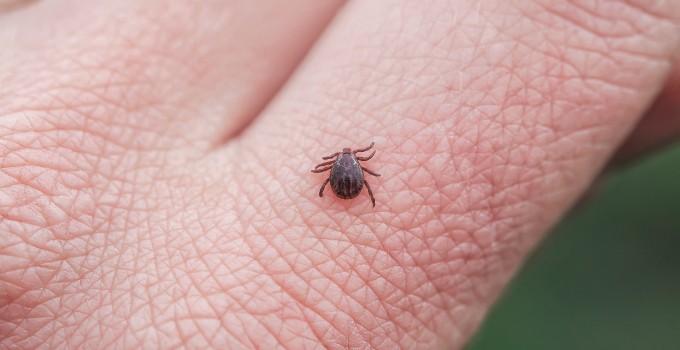Knowing the facts about ticks and their potential dangers is an important part of being a Pennsylvania resident. The Quaker State has more than 25 species of these troublesome pests, the four most common being the Dermacentor variablis, Ixodes scapularis, the Amblyomma americanum, and the Rhipicephalus sanguineus.
Tick Facts
Believe it or not, but ticks are arachnids, not insects. They fall into two categories: hard ticks and soft ticks. Soft ticks feed on birds and bats and hard ticks feed on wildlife, pets, and people. All ticks need blood at every stage of life. According to Pennsylvania State University, fish are the only vertebrates on earth that these pests don’t bother.
The Dermacentor variablis, usually known as the American dog tick, is the most commonly encountered tick in Pennsylvania, appearing in most of the state’s counties. It’s only 3/16 of an inch as an adult. After feeding, however, it can become engorged to the size of a grape. It often feeds on dogs, hence its nickname, the American dog tick.
In Pennsylvania, the Amblyomma americanum is most common in urban areas of the southern half of the state. The reddish-brown creep has a white, star-shaped dot in the center top of its abdomen and can grow to around a quarter of an inch in length.
One of the more aggressive ticks, they pursue their host rather than wait for hosts to come to them as most other tick species do.
Recently, the Ixodes scapularis has been expanding its presence in Pennsylvania and can now be found in nearly every county. The petite pest measures only one-eighth of an inch as an adult, and a nymph can be as small as a pinhead.
The Rhipicephalus sanguineus lives in tall grasses and thick vegetation. It can also be found in landscaped locations and dog houses, around shrubbery, and beneath decks. If it makes it into a home through a host, which could be a human or pet, it takes a blood meal from the host, then leaves the host to creep into gaps in window and door frames.Unlike every other species of tick, the Rhipicephalus sanguineus can finish its entire life cycle inside.
All hard ticks pose potential dangers to humans and their furry friends. The pathogens ticks carry are transmitted when ticks suck blood from a host. These pathogens can cause Rocky Mountain Spotted Fever (RMSF) in humans, tick paralysis in young children and animals, and Lyme disease in animals and humans of all ages.
Tick season
Tick activity is at its peak from spring into May and again from mid-August to November, but as long as the ground is dry and free of ice and the temperature is above 45 degrees, most tick species can be active.
Tick eggs emerge as larvae in late summer for their first feeding. Larvae then molt into nymphs, many becoming dormant until the next spring. Nymphs then molt into adult ticks. This transition, according to the New York State Department of Health, peaks in October through November. Female ticks become dormant when winter weather arrives, but males feed all year.
Tick-prevention tips
You can help to protect yourself and your home from the dangers of a ticks with these prevention best practices:
- Wear long-sleeved shirts and long pants tucked into your socks when camping or hiking.
- Mow your lawn regularly.
- Don’t take your pets into the woods.
- Keep firewood piles and bird feeders away from your home.
- Place your children’s swing sets or sandboxes on a mulch or wood-chip foundation.
Ticks are nothing to mess around with. If you’re concerned about ticks around your home, let Seitz Bros. help put your mind at ease. Call today to learn more about tick control services from Seitz Bros.
When is Tick Season in PA Pest Control in Pennsylvania & New Jersey?
Serving Northeast & Central PA | Lehigh Valley | Pocono Mountains | Western NJ

